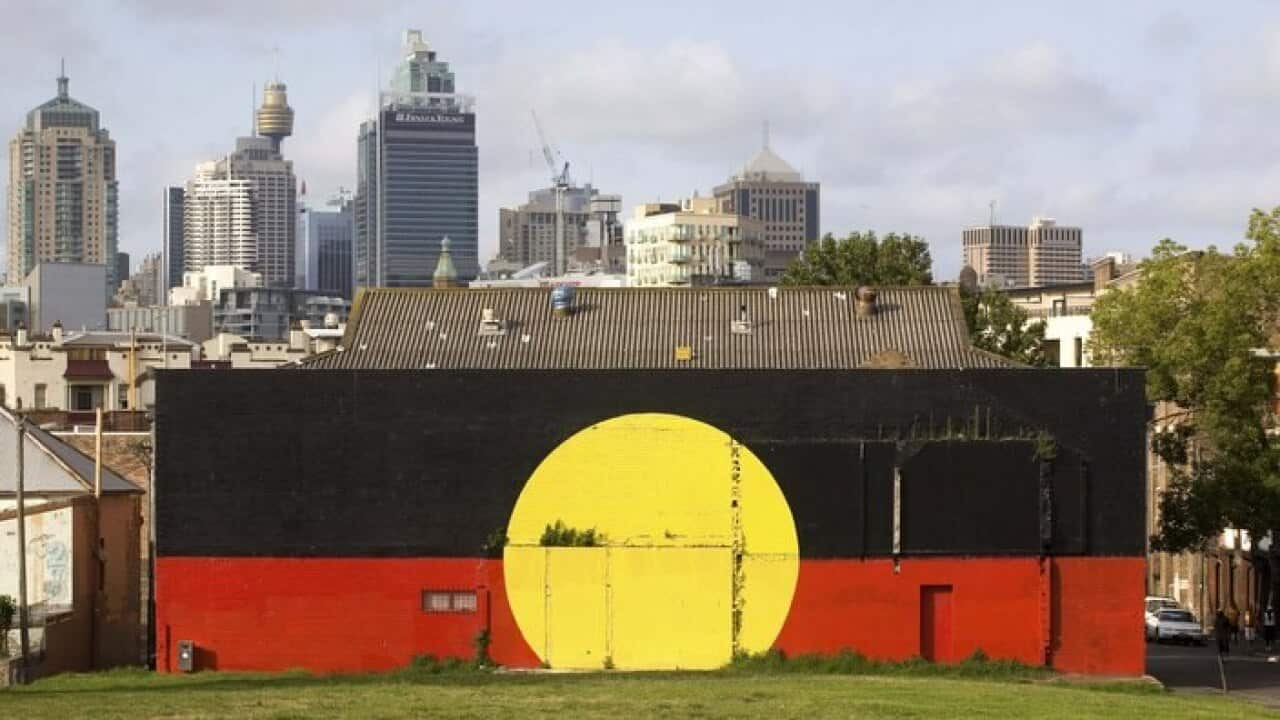Background
(IBA) is an Australian Government enterprise created to assist Indigenous people , and .
Initially called the Aboriginal and Torres Strait Islander Commercial Development Corporation (CDC), it was established “to assist and enhance Indigenous self-management and economic self-sufficiency through a strong Indigenous presence in mainstream economic activities”, according to their website.
Through their programs, the IBA aims to help Indigenous Australians gain the same financial opportunities as other non-indigenous Australians.
IBA’s Acting CEO, Rajiv Viswanathan, who joined the IBA recently after holding various senior roles in corporate management and law, both in Australia and internationally, told NITV’s The Point how the IBA are changing how they work to make it more affordable for Indigenous Australians to own their own homes.
While the mainstream political debate centres around negative gearing, Mr Viswanathan told The Point he doesn’t believe this has much relevance to Indigenous people, as he considers it “more of a macro factor that affects the market overall”.

Rajiv Viswanathan, IBA Acting CEO. Source: NITV News
NITV: What is the IBA doing to combat the housing affordability crisis affecting Indigenous Australians?
RV: Essentially we are working toward three pillars. The first is that we are reducing home loan rates down to 1% which is historically low compared to the big banks. Deposit requirements are also going to change and the criteria required to borrow have been reduced, so we can allow more people to get into the market.
We have also changed the requirements for length of time employed, so people who have been in employment for shorter periods of time can get better access to loans. As a result of these changes, we have seen a large increase in demand to never before seen levels.
Going forward, we are looking at other strategies that can help people enter the market, such as creating a greater supply for housing, which would improve affordability and having better access to support capacity services, which help people to get a better understanding of financing, and how to better manage their finances.
NITV: The 2016 Council of Australian Government's report shows that the rate of Indigenous home ownership across Australia is stagnant. What are the current rates of Indigenous people entering the property market? Why isn’t it improving?
RV: I think the main reason has been house prices continuing to go up, making it harder for people to save for the ever climbing deposit levels.
In some regional areas, changes to industries have also made things harder for people to borrow, as some industries close up, leaving people without an income.
So another thing we are changing is the settings of how people borrow money. We used to have a ‘one size fits all’ model, but that no longer works, so to make things more affordable, we’ve exploring a ‘rent to buy’ scheme and a share equity model as new options. Share equity for instance is where IBA owns part of the property, which allows us to free up funds.

The Council of Australian Government's Report on Progress 2016 showed there was no change in the percentage of Indigenous Australians who own their homes. Source: NITV News
NITV: Are there a set number homes earmarked for Indigenous people?
RV: Not specifically. IBA can only be so much of the solution. As efforts of supply change, IBA will do its best to help fund changes.
NITV: Why is it so much harder for Indigenous people to enter the property market?
RV: Indigenous people come from a lower income base in many cases. There are often no savings or support from family members, so this makes it much harder for people trying to buy their own home.
In fact, 90% of first home buyers with IBA are the first in their families to buy their own home. So the levels of support are often just not there that would be there for the normal Australian family.
About Rajiv Viswanathan
Mr Viswanathan has an interest in working to improve outcomes for Aboriginal and Torres Strait Islander peoples. He has taken up pro bono policy and advocacy work with community organisations.
In addition to his corporate roles, he is a non-executive director of Bangarra Dance Theatre. He is a member of their Board since 2014, and chairs their Audit & Risk Committee.












